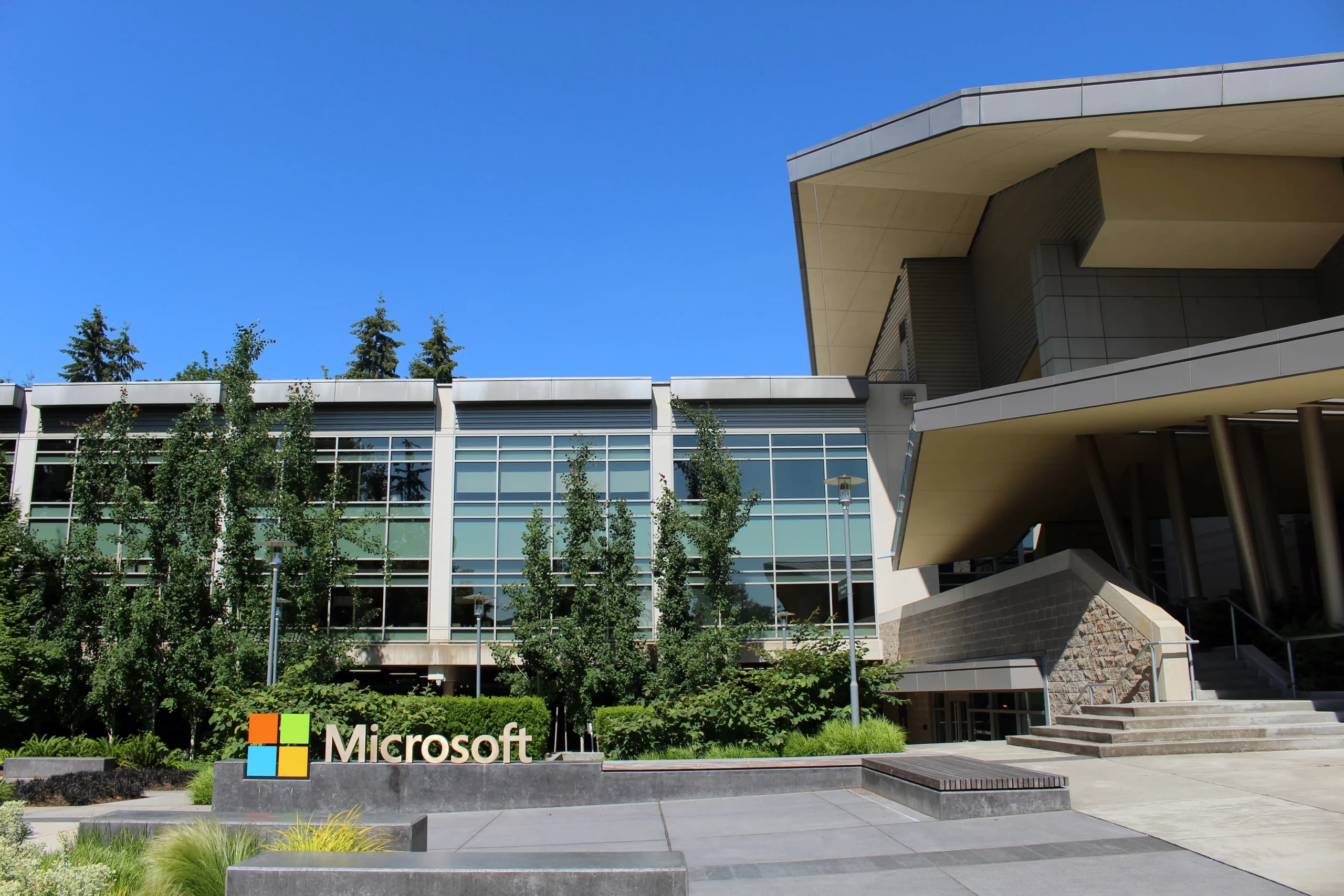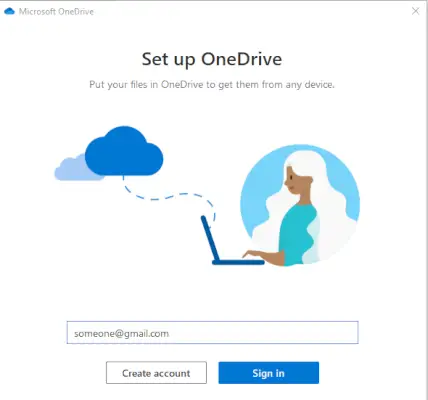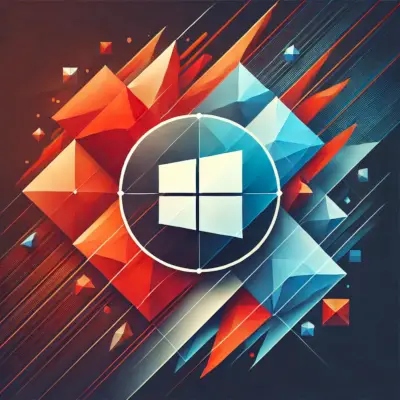Microsoft is one of the most influential and successful technology companies in the world, known for its flagship products like MSOffice, Windows, and Azure. But who exactly owns Microsoft? Understanding the history of Microsoft’s ownership, from its founding to its current key shareholders, provides valuable insights into how the company has evolved and who has shaped its direction over the decades. In this comprehensive article, we’ll explore the founders, early investors, public shareholders, and the role of institutional ownership in Microsoft’s ongoing success.
The Founding of Microsoft
Microsoft was founded in 1975 by Bill Gates and Paul Allen, two childhood friends with a passion for computers. The company started as a small software development firm, focusing on creating a BASIC interpreter for the Altair 8800, an early personal computer. This humble beginning laid the foundation for what would become a global tech powerhouse.
Bill Gates and Paul Allen: The Original Owners
Bill Gates and Paul Allen were the original owners of Microsoft, with Gates holding a majority stake. Their vision and leadership were crucial in steering the company through its early years, from developing software for IBM’s PCs to launching the first versions of Windows and MSOffice.
Key Milestones in Microsoft’s Early Years
- 1975: Microsoft is founded by Bill Gates and Paul Allen.
- 1980: Microsoft signs a deal with IBM to provide the operating system for its PCs.
- 1985: The first version of Windows is released.
- 1990: MSOffice is launched, becoming one of Microsoft’s most successful products.
Going Public: The 1986 IPO
In 1986, Microsoft made the pivotal decision to go public, offering its shares on the stock market. This initial public offering (IPO) was a major turning point for the company, allowing it to raise capital for expansion and innovation. The IPO also marked the beginning of a new era of ownership for Microsoft, as the company transitioned from being privately held by its founders to being owned by public shareholders.
Impact of the IPO on Ownership Structure
The 1986 IPO significantly diluted the ownership stakes of Bill Gates and Paul Allen, but it also made them incredibly wealthy. At the time of the IPO, Microsoft’s stock was priced at $21 per share, and the company had a market capitalization of approximately $777 million. Gates retained a substantial portion of the company’s shares, maintaining control over its strategic direction.
Early Investors and Their Role
Several early investors played a crucial role in Microsoft’s success. These included venture capitalists and institutional investors who recognized the potential of the company’s software products and provided the necessary capital to fuel its growth.
Major Shareholders in Microsoft Today
Today, Microsoft is a publicly traded company with a diverse group of shareholders, ranging from individual retail investors to large institutional investors. While the company’s ownership is no longer concentrated in the hands of its founders, several key shareholders continue to have a significant influence on its strategic direction.
Institutional Investors
Institutional investors, such as mutual funds, pension funds, and hedge funds, hold a large percentage of Microsoft’s shares. These investors include some of the biggest names in finance, such as:
- Vanguard Group
- BlackRock
- Fidelity Investments
- State Street Corporation
These institutions often vote on major corporate decisions and have a vested interest in the company’s long-term success.
Individual Shareholders
In addition to institutional investors, Microsoft has millions of individual shareholders. Some of these are former employees who received stock options as part of their compensation, while others are everyday investors who believe in the company’s vision and growth potential.
Bill Gates’ Role in Microsoft’s Ownership
Although Bill Gates stepped down from his day-to-day role at Microsoft in 2008 and left the board in 2020, he remains one of the company’s largest individual shareholders. Over the years, Gates has gradually sold off his shares, primarily to fund his philanthropic endeavors through the Bill & Melinda Gates Foundation. Despite this, his legacy and influence at Microsoft are undeniable.
Bill Gates’ Philanthropy and Microsoft Shares
Much of Gates’ wealth, derived from his shares in Microsoft, has been channeled into the Bill & Melinda Gates Foundation, which focuses on global health, education, and poverty alleviation. Gates has pledged to give away the majority of his wealth, but he still retains a notable stake in the company that he co-founded.
The Influence of Satya Nadella and Current Leadership
Microsoft’s current leadership, under CEO Satya Nadella, has also played a significant role in shaping the company’s direction. Since taking over as CEO in 2014, Nadella has focused on cloud computing, artificial intelligence, and enterprise services, leading to a resurgence in Microsoft’s stock price and market value.
Satya Nadella’s Vision for Microsoft
Nadella’s leadership has been characterized by a shift towards cloud-based services and a more open, collaborative approach to technology. His tenure has seen the successful launch of Microsoft Azure, the expansion of MSOffice into the cloud with Office 365, and the acquisition of key companies like LinkedIn and GitHub.
Ownership by Microsoft Executives
In addition to institutional investors and individual shareholders, several Microsoft executives hold significant stakes in the company. These shares are often part of executive compensation packages and align the interests of the leadership team with those of the shareholders.
Impact of Acquisitions on Microsoft’s Ownership
Over the years, Microsoft has made numerous acquisitions that have expanded its product portfolio and market reach. Some of the most notable acquisitions include:
- LinkedIn (2016): Acquired for $26.2 billion, LinkedIn has become an integral part of Microsoft’s enterprise services.
- GitHub (2018): Purchased for $7.5 billion, GitHub strengthens Microsoft’s position in the developer community.
- ZeniMax Media (2020): Acquired for $7.5 billion, this purchase brought popular gaming franchises like The Elder Scrolls and Fallout under the Xbox umbrella.
These acquisitions have not only diversified Microsoft’s offerings but have also influenced its ownership structure as shares were issued or sold to fund these deals.
Microsoft’s Future and Potential Ownership Changes
As Microsoft continues to grow and evolve, its ownership structure may change as well. Future developments in technology, shifts in the global economy, and potential new acquisitions could all impact who owns Microsoft and how the company is managed.
Trends to Watch in Microsoft’s Ownership
Key trends that could influence Microsoft’s ownership in the coming years include:
- Increased Institutional Ownership: As Microsoft continues to perform well financially, institutional investors may increase their stakes in the company.
- Share Buybacks: Microsoft has engaged in share buybacks to return capital to shareholders, which could consolidate ownership among remaining shareholders.
- New Major Shareholders: Strategic partnerships or large-scale acquisitions could bring new significant shareholders into the fold.
Microsoft’s ownership has evolved significantly since its founding in 1975. From the initial stakes held by Bill Gates and Paul Allen to the diverse group of institutional and individual shareholders today, the company’s ownership reflects its growth into one of the most valuable companies in the world. As Microsoft continues to innovate and lead in the tech industry, understanding its ownership structure provides insights into the forces that shape its future direction.
Whether you’re an investor, a tech enthusiast, or simply curious about the company behind MSOffice, the story of who owns Microsoft is a fascinating journey through the history of technology, finance, and global business.




